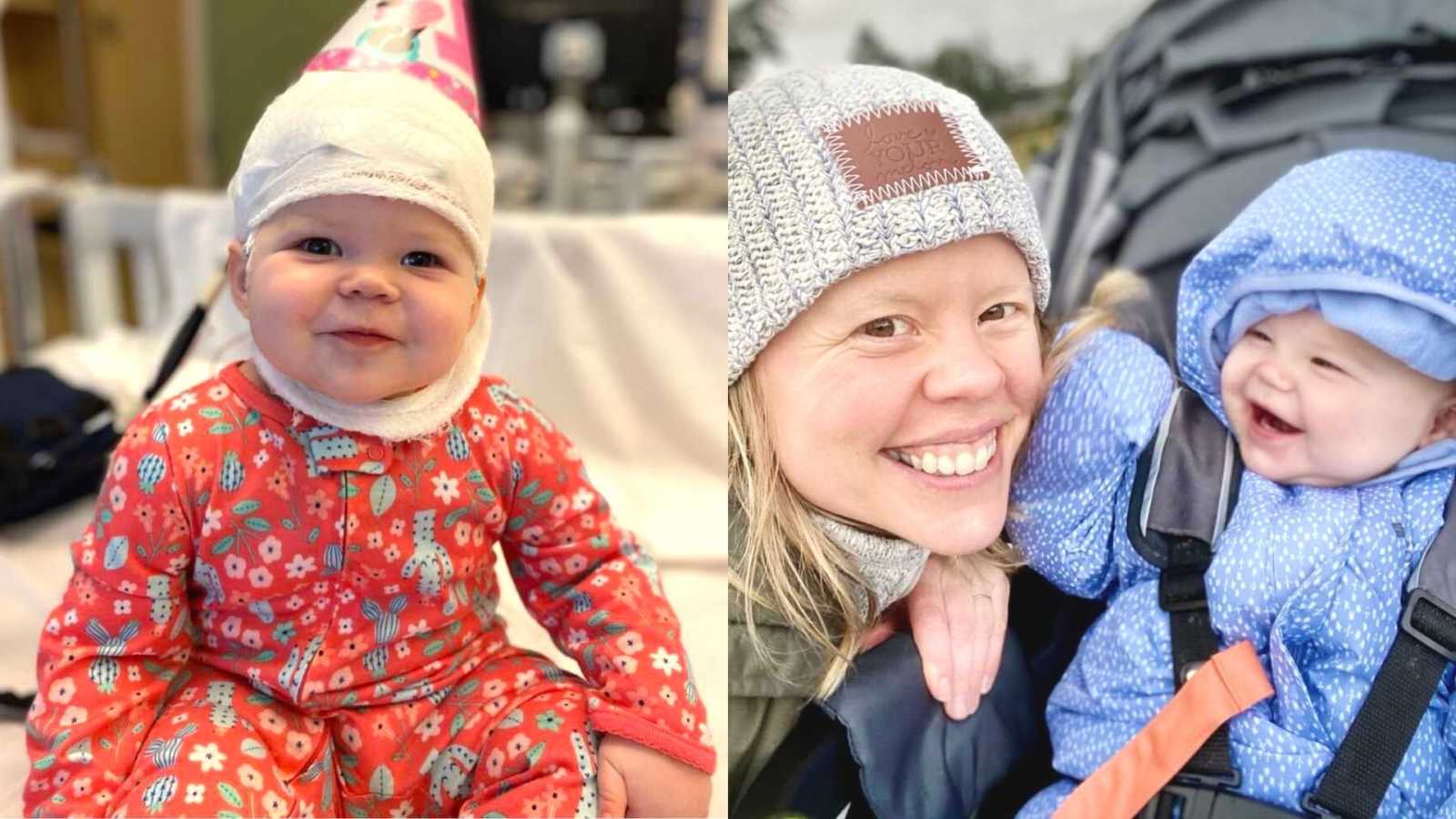“’I think you need to plan for a permanent intellectual and physical disability, not just a developmental delay. It is unlikely she will ever catch up to her peers.’
‘Oh, okay,’ was my numbed response to the doctor predicting my 6-month-old daughter’s future. My husband and I drove the hour home in complete silence, processing what the doctor had just told us: ‘Permanent intellectual and physical disability.’ I got home, dropped to my knees, and unleashed one painful primal scream into a couch cushion. How is this happening? Just 3 weeks before, I thought I had a healthy baby girl with a bright future ahead of her. Now we were being told to plan for a very different life.
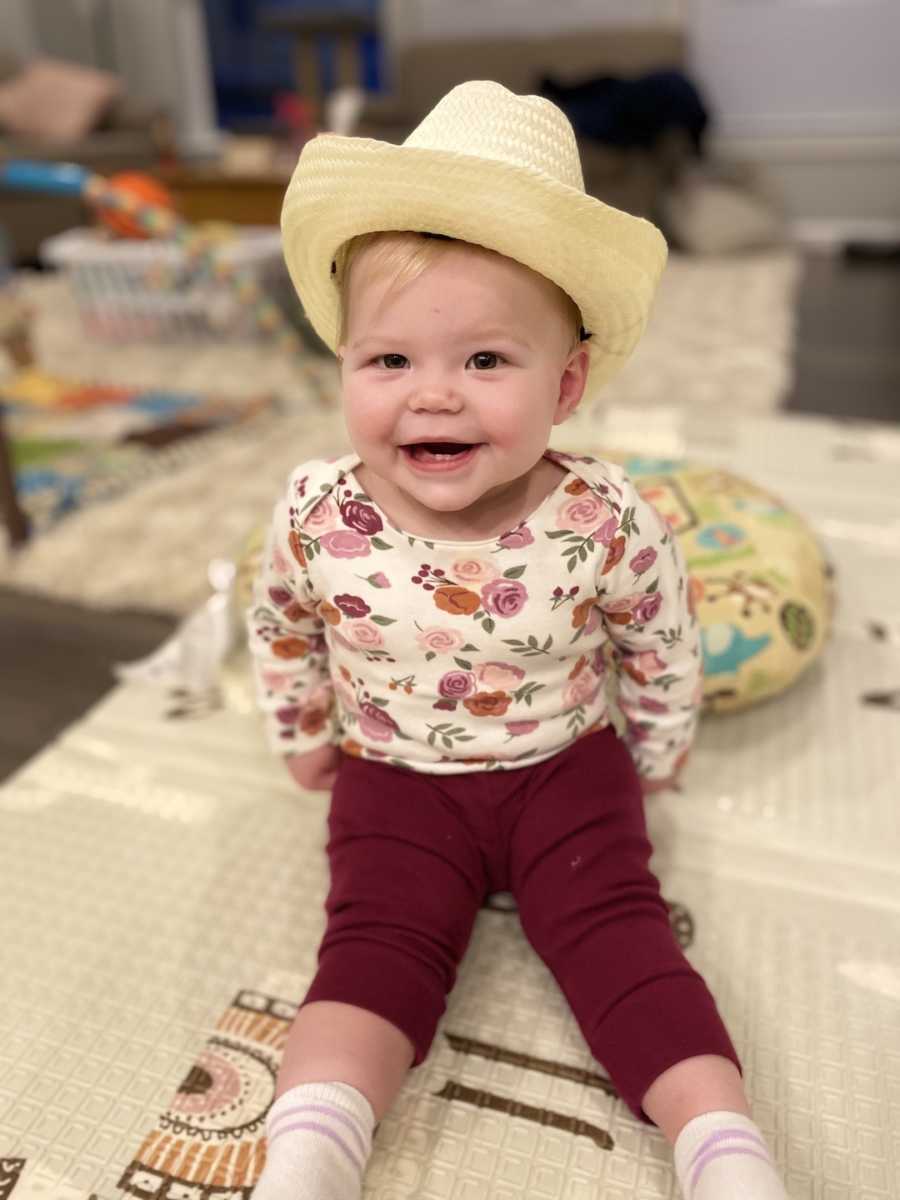
When my daughter, Juniper, was 6 months old, we noticed she was exhibiting some strange movements: her arms would jerk up, her body would crunch, her head would dip, and her eyes would deviate. At first, I only noticed it once a week in clusters of two to five. Reflux? Weird baby movements? I wasn’t worried. She wasn’t my first child. I was no longer the ‘paranoid new mom.’ Just a few days later, these movements began happening at every sleep/wake cycle and lasted 20-40 at a time. ‘It’s probably nothing,’ I told my husband, ‘but maybe we should go to the ER just in case.’
Our local hospital examined her and even saw the movements. They told us to schedule an appointment with a neurologist in the future, but that it wasn’t an emergency. ‘Don’t worry. It isn’t something that will permanently impact her life,’ they assured us as we were discharged. I tried to repeat that to myself as we drove the hour to our nearest children’s hospital the next day, but I knew in my gut, something was seriously wrong. Juniper was hooked up to an electroencephalogram (EEG) to test for abnormalities in her brain waves. When the attending physician came into the room, the look on his face told me it wasn’t good news.
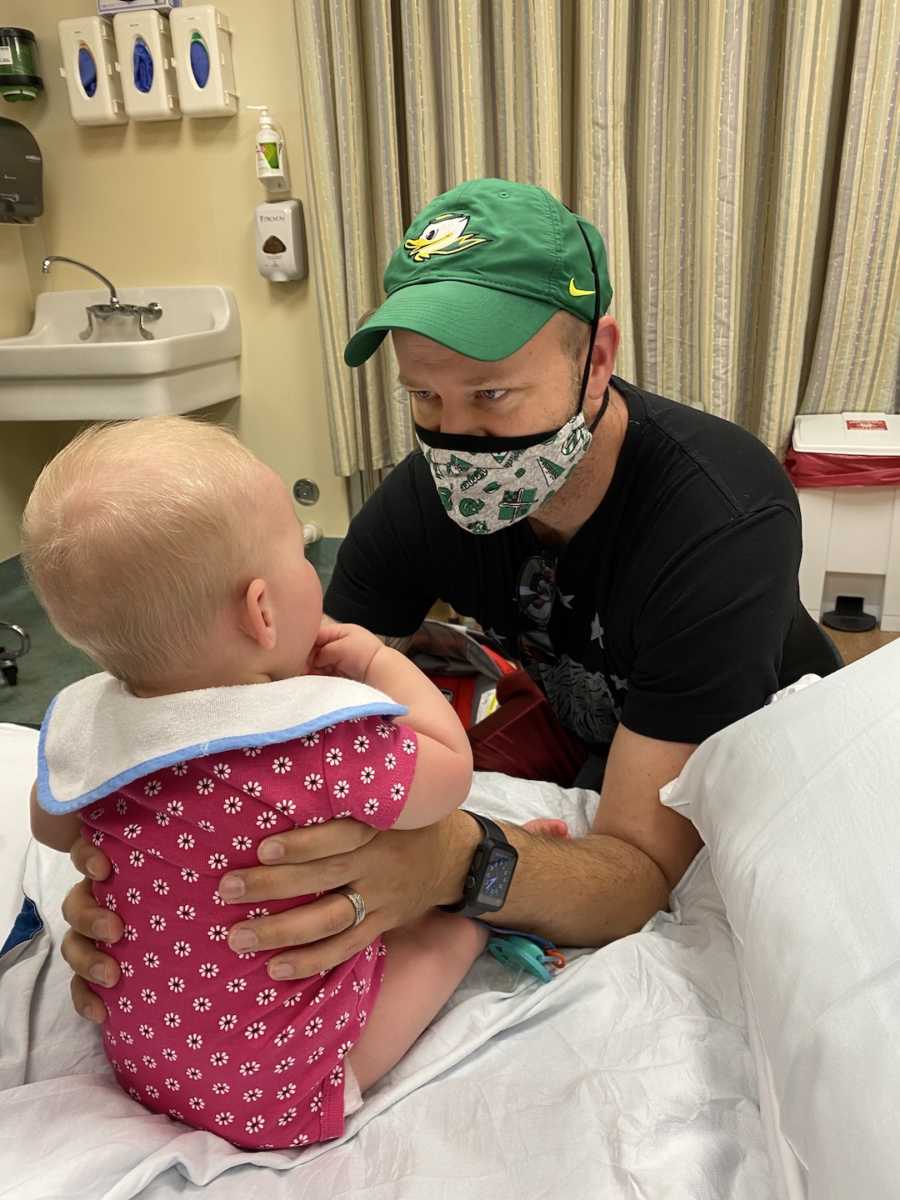
Juniper was diagnosed with a rare and dangerous form of epilepsy called Infantile Spasms (IS) or West Syndrome. Each movement we were seeing was actually a tiny seizure, and she was having hundreds a day. In addition to seizures, her background brain activity presented in a pattern called hypsarrhythmia. Think of this as static on a radio. It’s hard to comprehend the story because the static keeps interrupting the message. Additionally, each seizure was as if her brain was ‘rebooting’ like a computer. Shutting down, then starting back up. If we didn’t stop the hypsarrhythmia and the spasms, Juniper would not be able to develop because she wouldn’t be able to encode anything she was experiencing or learning. Her brain would be too cluttered.
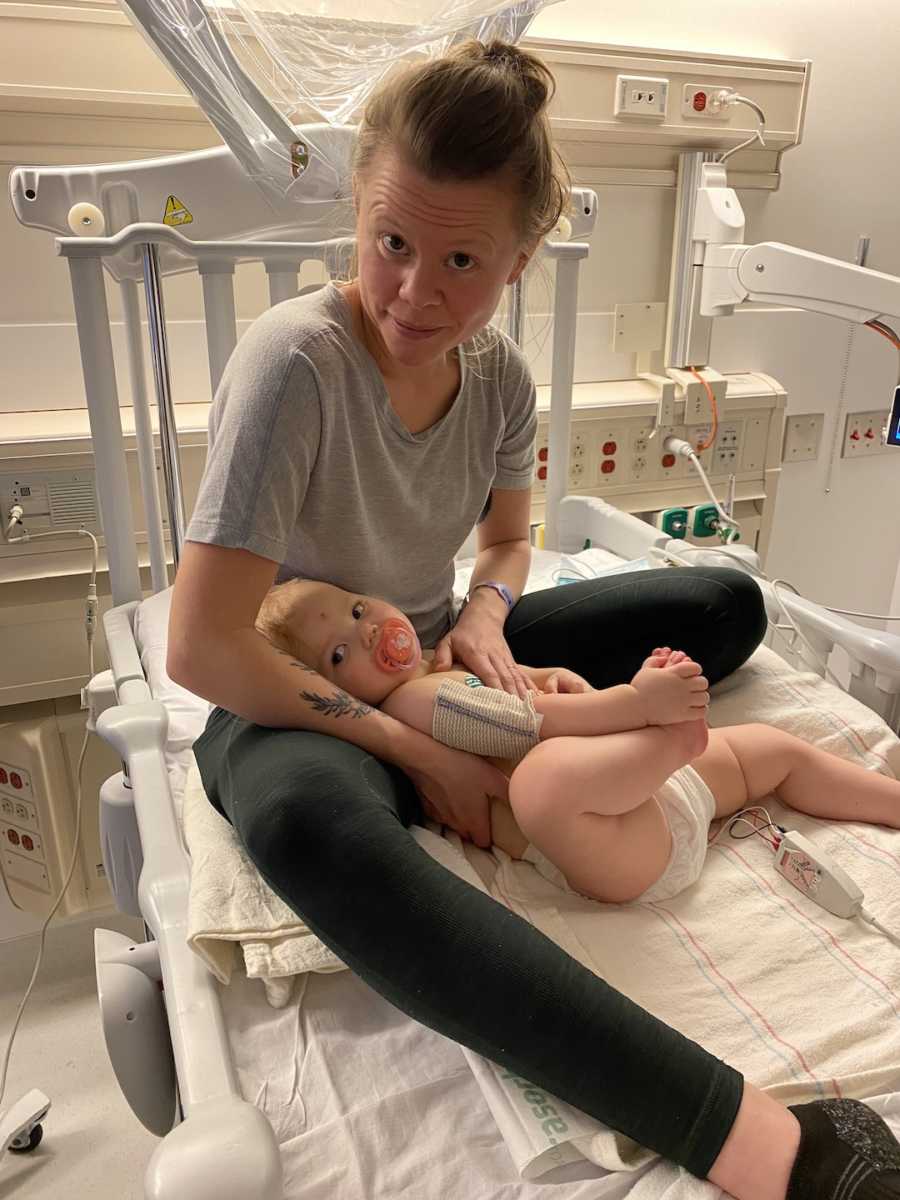
‘Don’t Google,’ the nurse told us. I did anyway. As I stared at my phone screen, my heart dropped into my stomach. Words like ‘catastrophic,’ ‘debilitating,’ ‘regression’ and ‘global development delay’ flashed in front of me. The outcome of IS on children largely depends on how they respond to treatment and what the underlying cause of the seizures is. Epilepsy is a symptom of something else; genetic variations, metabolic syndromes, a traumatic brain injury, or brain malformations. This was bad. Really bad. I cried more during that five-day hospital admission than I had in my entire life.
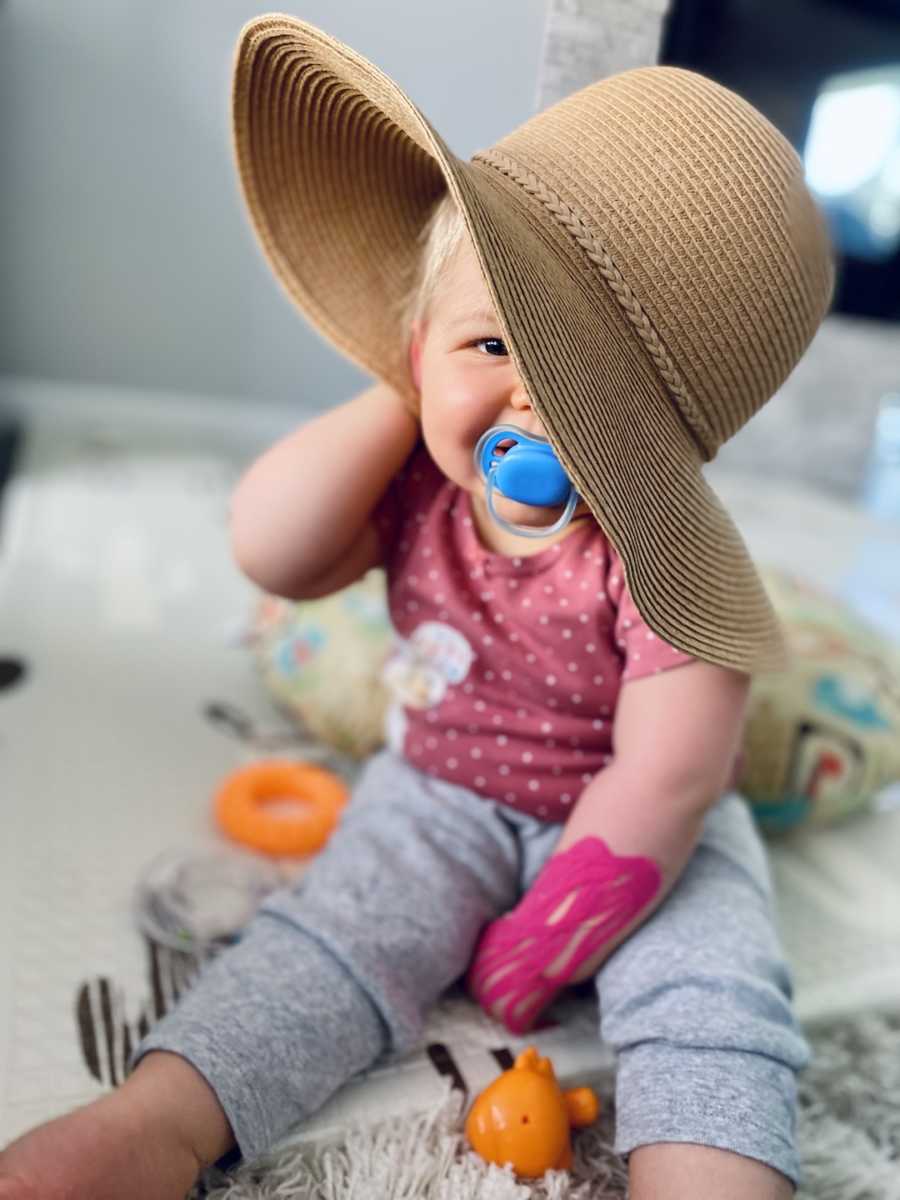
‘She ‘presents’ really well though,’ the attending physician assured me. ‘Most kids with IS are not developing, are not engaged with the world, and are just sort of flat. I think it’s really likely this treatment will work for her.’ I know he meant well, but in some ways, I wish he never gave me that hope. Juniper was prescribed an extremely high dose steroid treatment I learned how to inject into her chubby thighs twice a day. My beautiful and happy baby gained 5 pounds in a month and was miserable. When she wasn’t eating, she was screaming from discomfort and acting like she wanted to crawl out of her own skin. ‘This is hard,’ I told myself, ‘but we just have to get through it and everything will be okay.’
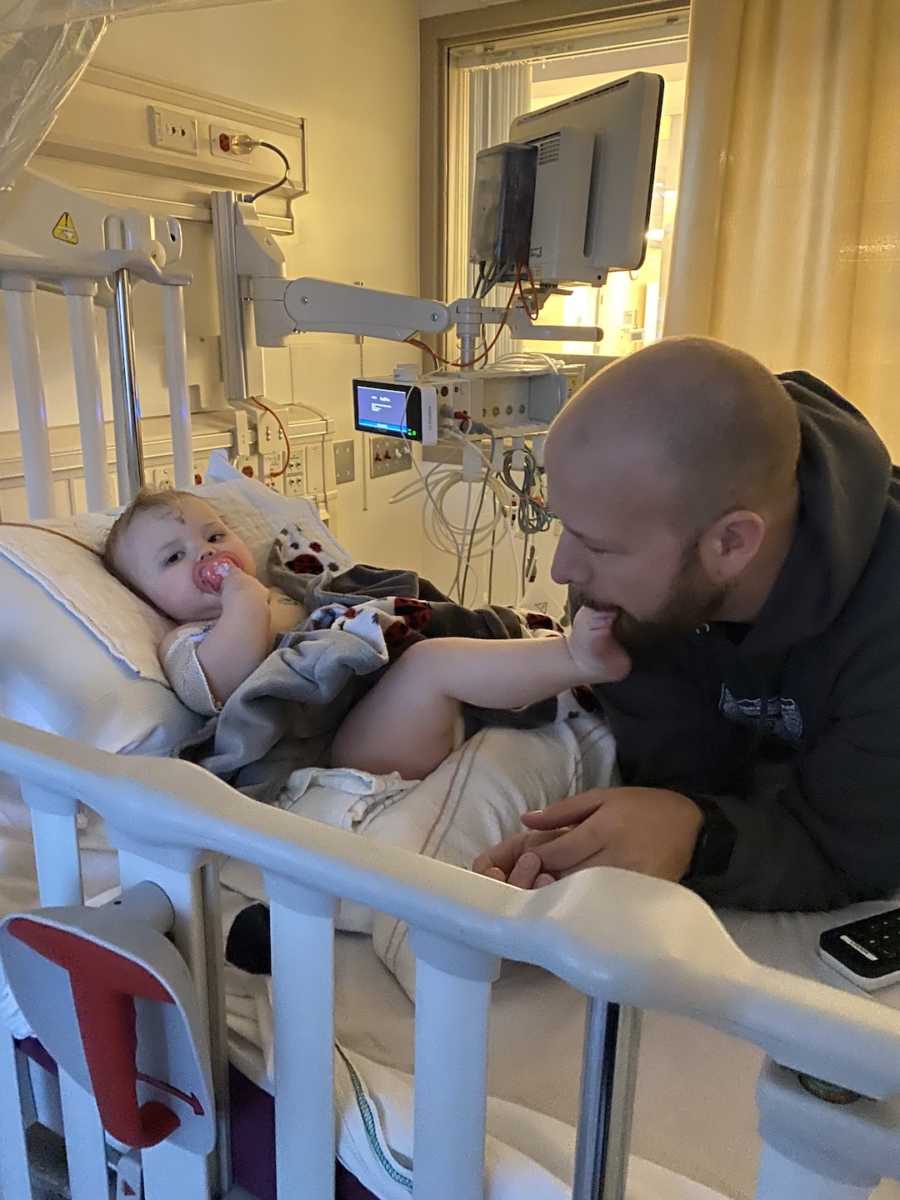
Two weeks into the steroid treatment, I found myself sitting in that doctor’s office as he told me the news. While the steroids stopped the hypsarrhythmia, there were still spasms. I tried desperately to get him to assure me Juniper would be okay. That she’d grow out of this. That she would be one of the lucky few where this is just a ‘blip’ in their life and she’d catch up. ‘I think you need to plan for a permanent intellectual and physical disability, not just a developmental delay where she will catch up.’ No. I refused to believe that. Another medication with horrible side effects was prescribed. This one stopped the spasms, but only for 6 weeks. ‘Yes, she has spasms again, but it is highly unlikely to have hypsarrhythmia return. Especially in a kid that is doing as well as Juniper,’ a new attending physician assured me as we hooked Juniper up to another EEG.
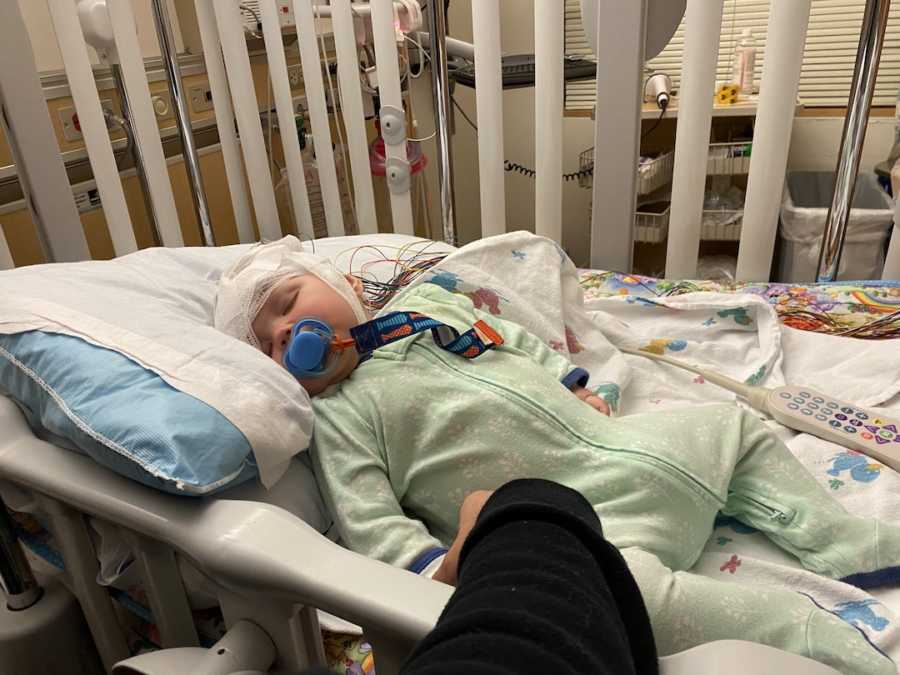
After 24 hours, he walked back into our hospital room. I knew that look. This was bad news. The hypsarrhythmia returned. It didn’t make sense. She ‘presented’ too well, yet here we were. This was the first time it hit me that things might not be okay. She may not be cured. People kept telling me to have hope. That things would work out. ‘But what if they don’t?’ I remember asking my mom. After an IS kid fails two frontline treatments, the statistical likelihood of future medications working drops into the teens. After another medication, to single digits. Seeing the writing on the wall, I decided we needed to get a second opinion. Once again, Juniper was hooked up to an EEG, and tests were run including an MRI and PET scan. ‘Please,’ I begged the universe. ‘Please find something that explains her seizures. Please make her okay.’
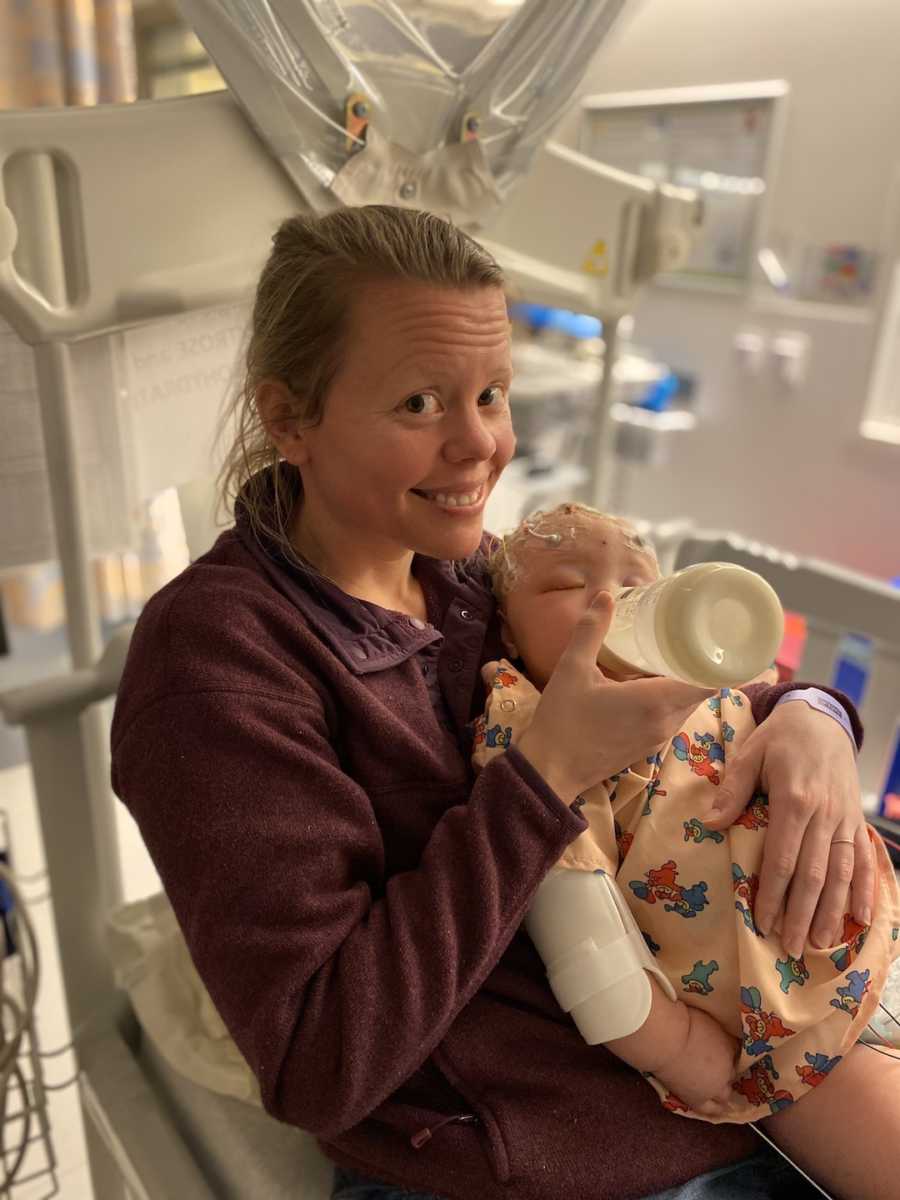
‘We can’t believe she’s still having spasms. She just looks so good!’ a new doctor told us. After an exhausting few days, it was discovered Juniper’s cause was a brain malformation called focal cortical dysplasia (FCD). FCD occurs during the very early stages of development when the brain is forming. Instead of traveling to different areas of the brain, some neurons ‘clump.’ This clump is FCD and is one of the leading causes of intractable epilepsy (unresponsive to medication) in children. When we got this news I remember feeling relieved and terrified. We had a cause! And this cause had the possibility of a cure. But the treatment was terrifying. It meant brain surgery.
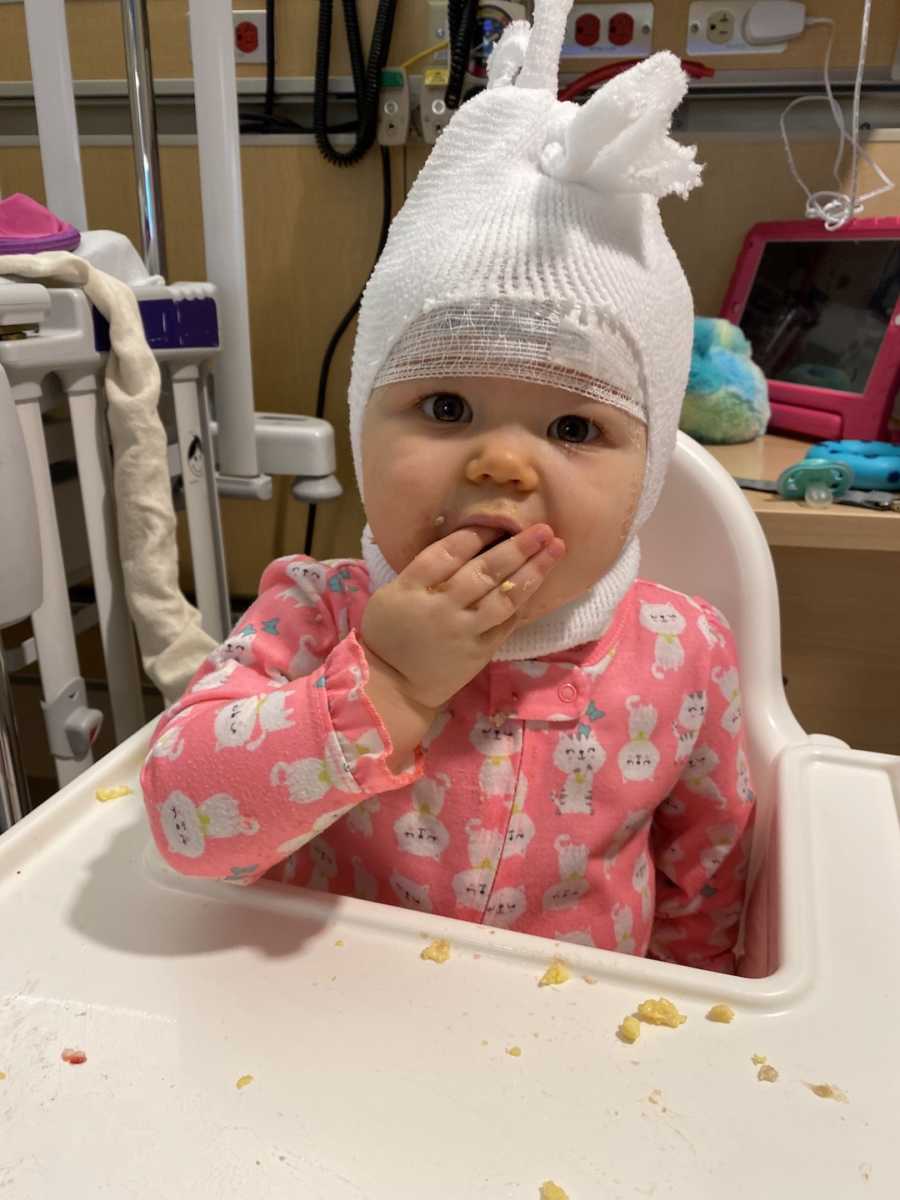
Due to COVID restrictions, only one parent could be in the hospital with Juniper. The night before surgery, I was alone in a tiny, dark, hospital room with my sweet girl. I watched as she slept, trying to soak up everything: her button nose, the tiny blonde curls that fall on the nape of her neck, the way she keeps making a sucking movement with her mouth even after the pacifier pops out. Four days earlier, she had celebrated her first birthday while hooked up to an EEG. She was laughing and smiling and rolling everywhere. ‘She looks so good!’ the nurses kept telling me. Juniper just didn’t ‘look’ like a sick kid, yet tomorrow, the surgeon would remove half her brain in an aggressive procedure called a hemispherectomy. The hope was removing the dysplasia while young would allow her brain to rewire and give her the best quality of life.
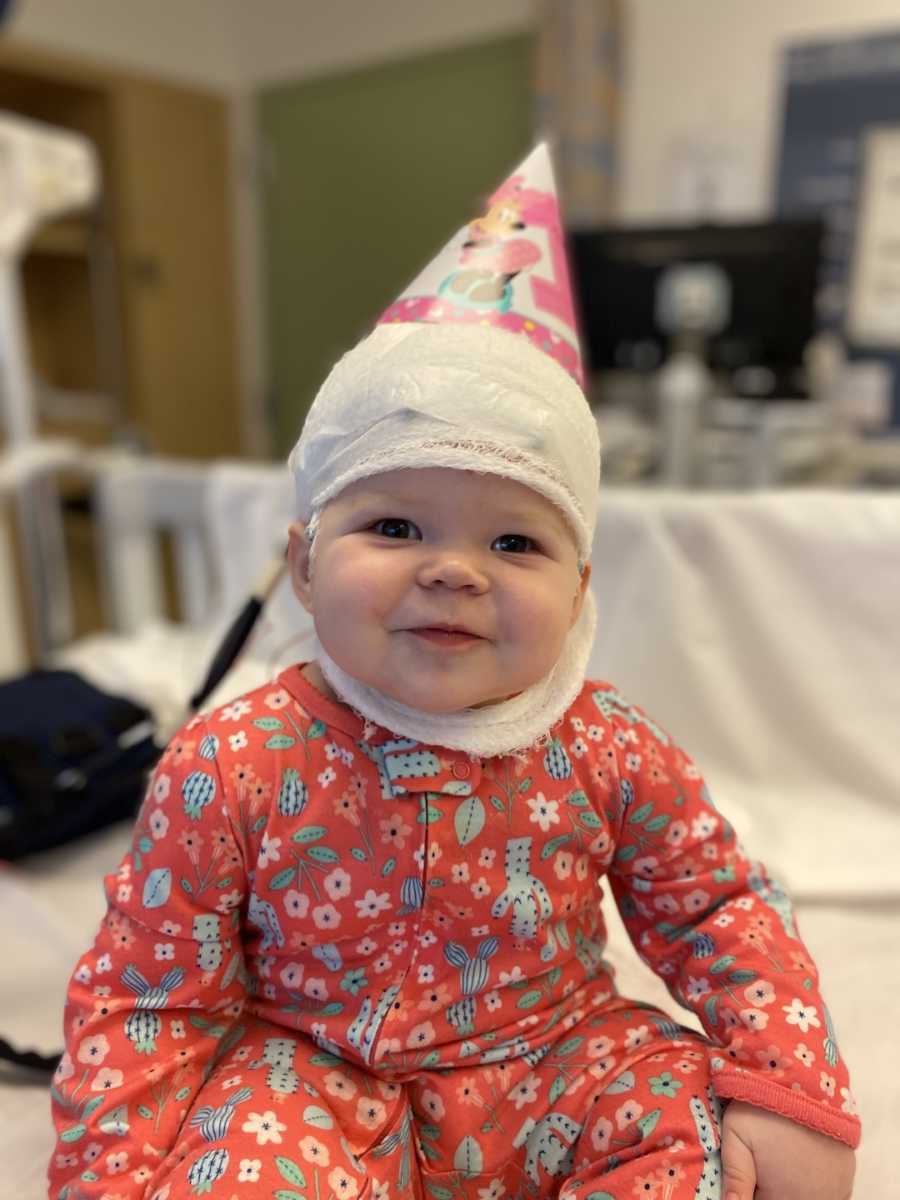
As a parent, you make decisions on behalf of your child every day in hopes of providing them with the best quality of life. While our decision was one I wish no other parent ever has to make, our goal was still the same; we needed to give Juniper the best chance, and that meant surgery. Seizures would halt development and potentially lead to death. While we may be able to stop the seizures, it came at a steep cost. Juniper would lose vision on the left side of both her eyes. She would have mild paralysis in her left arm and left leg and would never have fine motor skills in her left hand. She would likely have trouble with numbers, memory, self-control, sensory seeking, and emotion regulation. Her chance of autism increased. She may be nonverbal. She may never walk. Juniper would no longer ‘look’ like she did now.
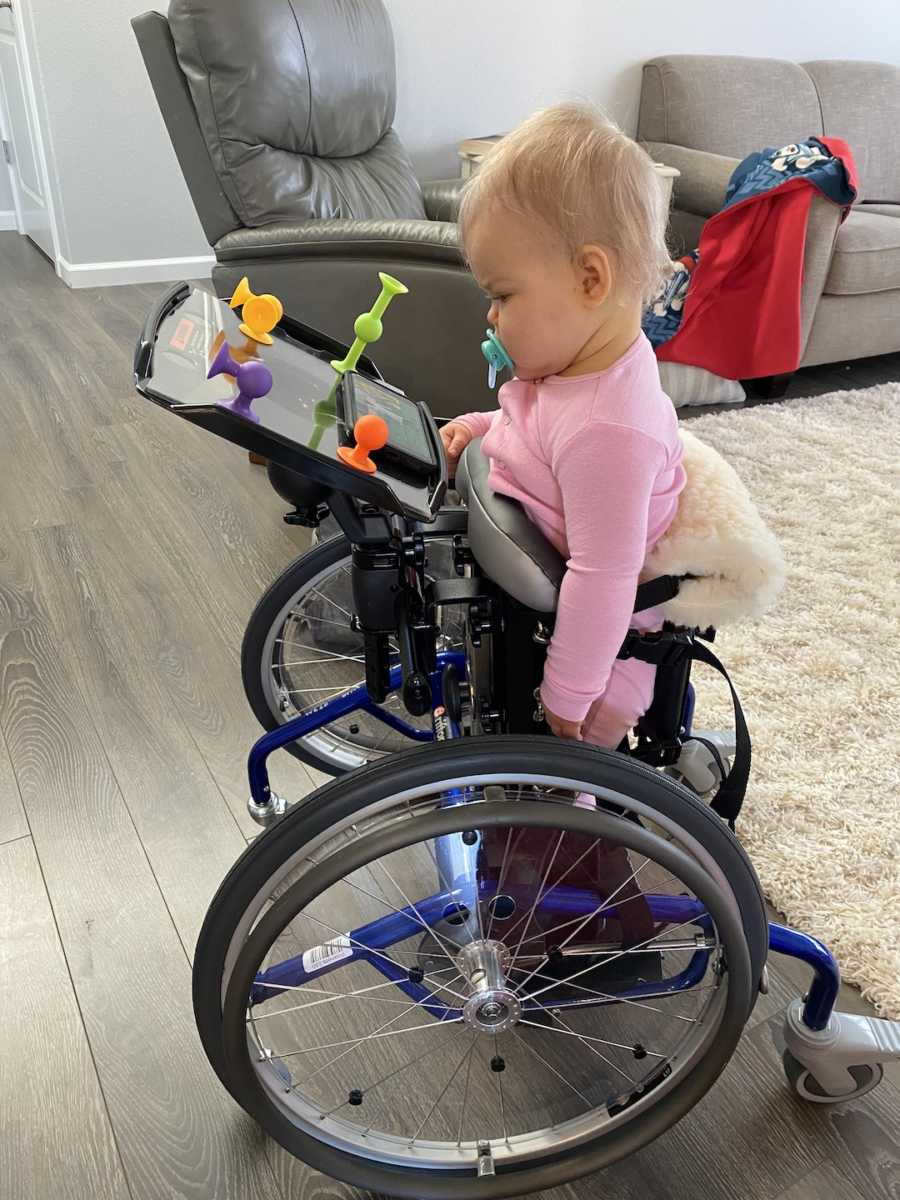
The morning of surgery is forever etched in my memory. I sat in the hospital crib with her as the transport team wheeled us down to the operating room. I remember Juniper kept turning around and smiling at me, completely unaware of what was about to happen. I remember fighting back tears because I didn’t want her to see me cry and get scared. I kissed her beautiful head over and over, begging the universe to protect her, pleading for things to get better from here. Then, I told Juniper I loved her and handed my baby to the nurse. I watched as they walked down a long hallway, her eyes peeking up above the nurse’s shoulder looking back at me. I waved and smiled and blew a kiss. Then, they disappeared behind a set of double doors. As soon as they were out of sight, I dropped to the floor sobbing. Somehow, I managed to peel myself off the floor and find my way outside where my husband was waiting. I ran into his arms and we both cried. ‘She will be okay,’ he assured me. ‘We are doing the right thing.’

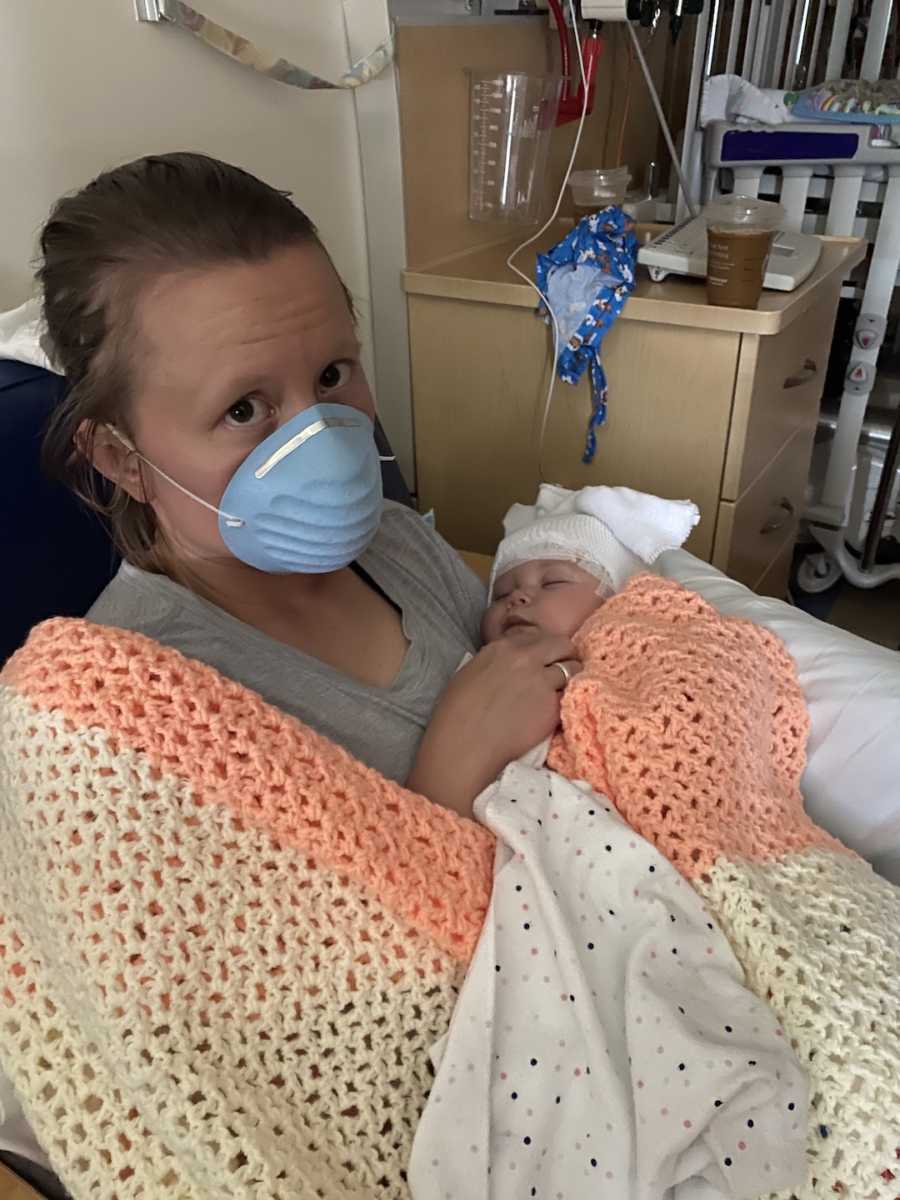
I often think back to that doctor’s appointment where Juniper’s future was predicted. In many ways, that doctor will be right. Juniper will not ‘catch up’ to most of her peers. She will always have disabilities and challenges. However, since the early days of her diagnosis, Juniper has never been one to follow what is expected. In some ways, this has been devastating. She was supposed to be an ‘easy’ case of IS that would respond quickly to treatment. She didn’t. She also was supposed to be a ‘textbook’ FCD kid where a hemispherectomy would stop her seizures. That didn’t quite happen either. While they have decreased drastically, she occasionally has a cluster of spasms we are still trying to get control of. At the same time, her inability to follow expectations has been the source of my strength. Juniper smiled and laughed when her brain was supposed to be shutting off the world around her. She rolled and played when she was having uncontrolled seizures. She has surprised doctors since she was 6 months old, and I have a feeling she will keep surprising everyone around her in positive ways.
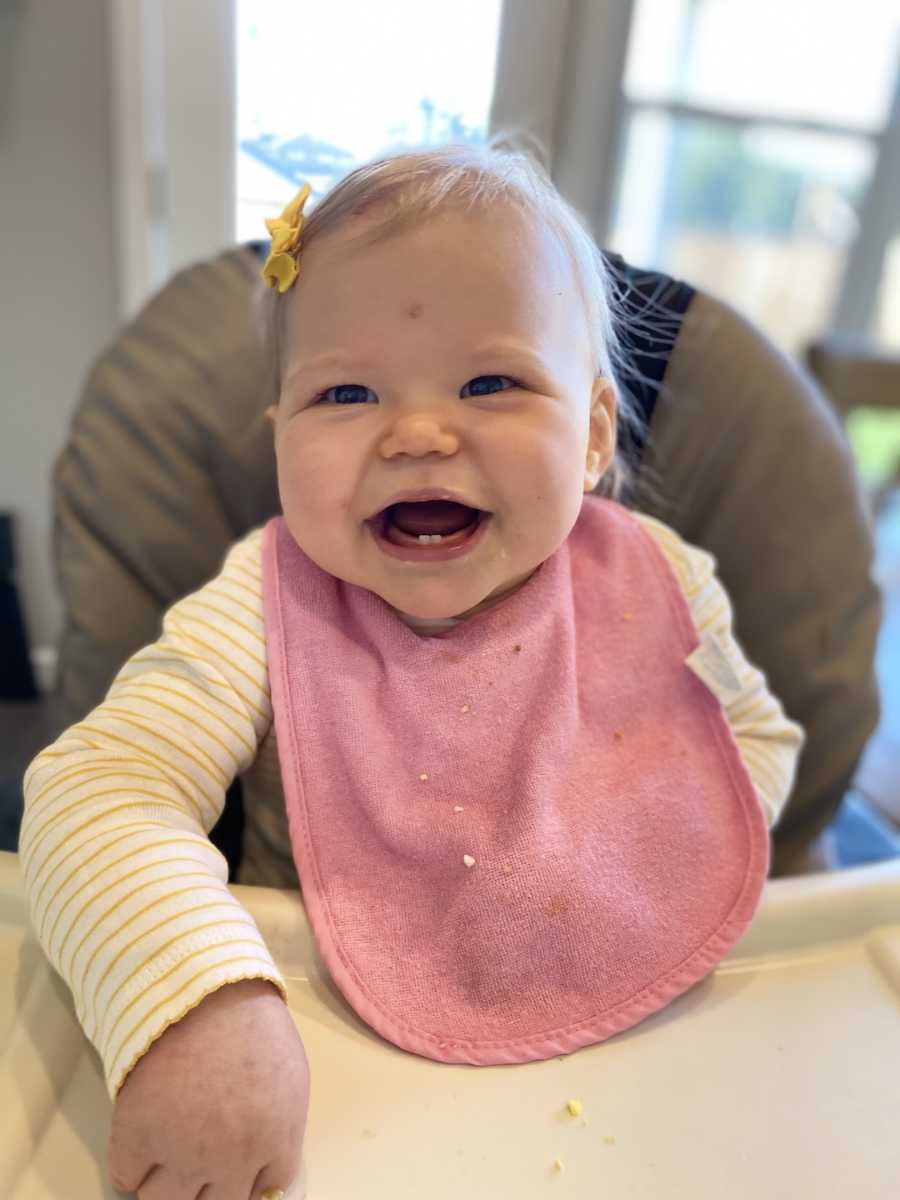
Because of this, I’ve learned I will no longer allow someone to predict my daughter’s future. Juniper will pave her own path. She has proven time and time again she doesn’t ‘fit’ into a specific box or category. As a parent of a medically complex child, I am often asked to share what my daughter isn’t doing for therapy evaluations, doctor’s appointments, etc. She isn’t crawling. She isn’t walking. She isn’t saying any words. She doesn’t respond to her name or basic commands. She doesn’t have normal brain waves. But there is so much more to her than her deficits. Through all of this, I’ve realized if I only focus on what she isn’t, or what she can’t or won’t do, I miss out on the things that make her so special. We call it her ‘sparkle.’
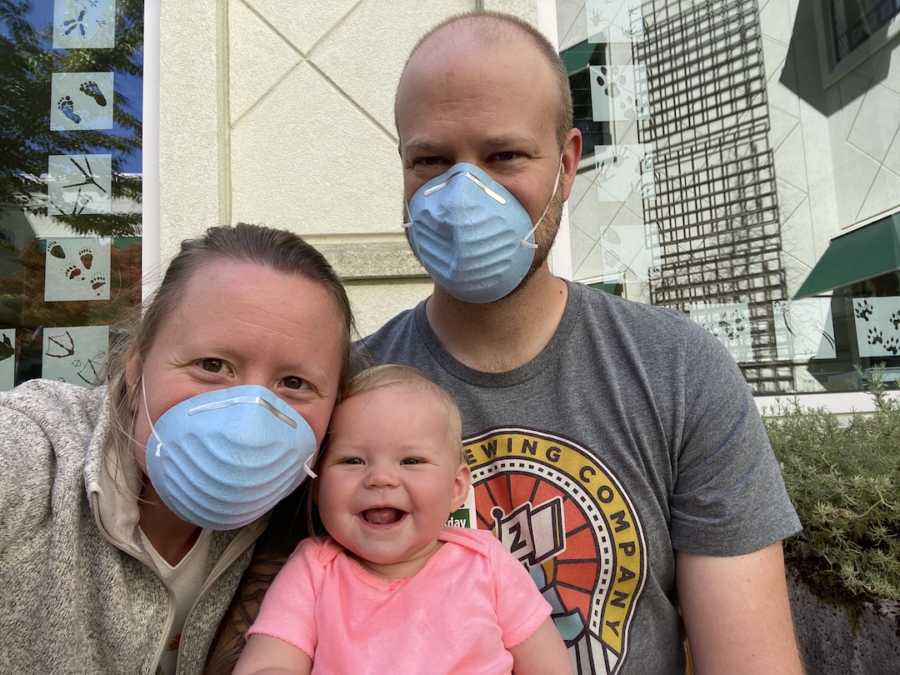
Juniper loves to smile and laugh. She’s never met a food she dislikes. She loves everyone she meets (unless you’re a medical professional). She enjoys dancing around the room with Daddy and grabbing Mommy’s face to bring it closer. She won’t keep a sock on her right foot for longer than 30 seconds. She thinks her big brothers are hilarious. She loves accessories, especially hats and sparkly things. She loses it with laughter when you pretend to eat her foot. She loves being outside and walks in the stroller. She squeals with joy every time she sees me in the morning, as if she was worried I’d never come back.
Yes, Juniper has epilepsy. She has half a brain. She has permanent disabilities and will probably never ‘catch up.’ She will have a very different life than what I planned for her. But different doesn’t mean bad. Her life will still be beautiful. Her future will still be bright. She will be surrounded by love and happiness. Juniper is the rarest of rare. She is my heart. She is my joy. She is perfect.”
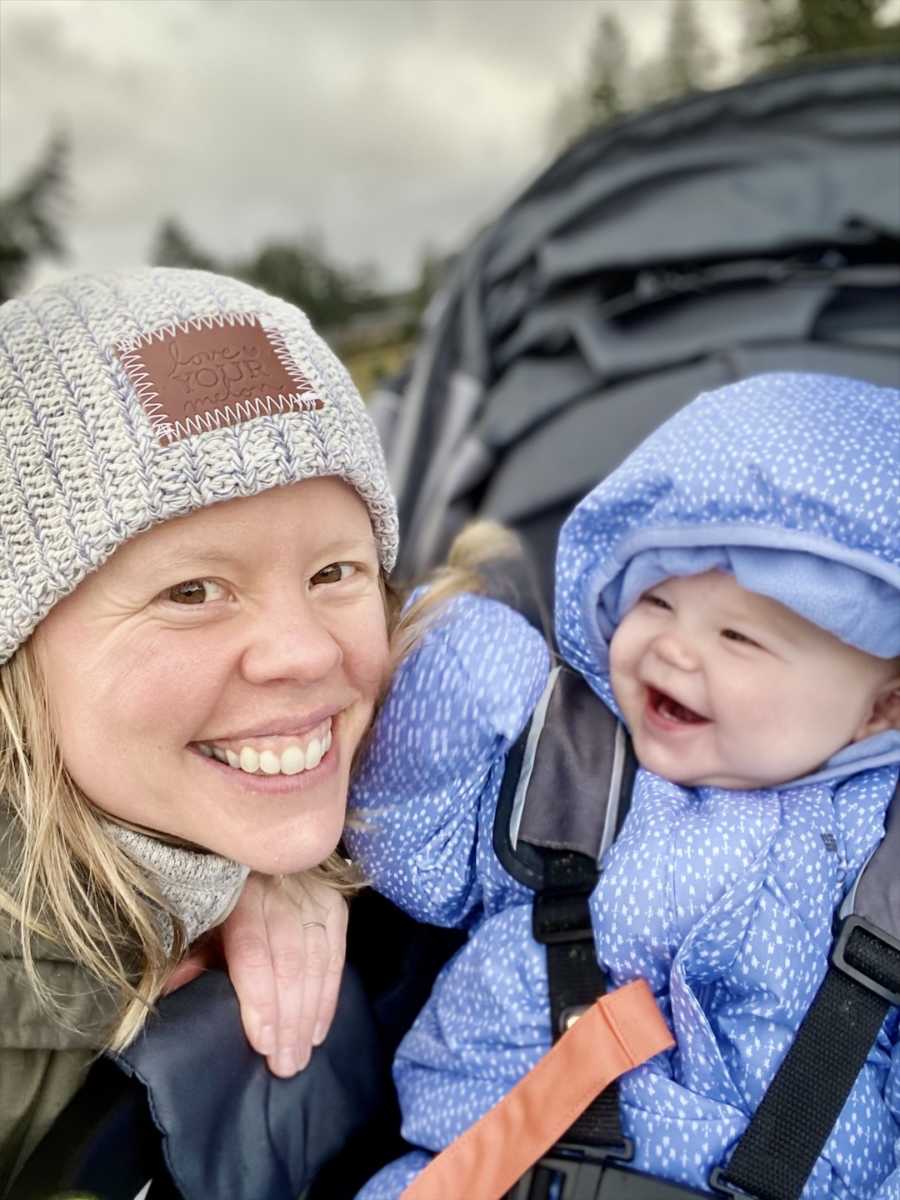
This story was submitted to Love What Matters by Hailey Adkisson of Oregon. You can follow her journey on Instagram. Submit your own story here, and be sure to subscribe to our free email newsletter for our best stories.
Read more stories about epilepsy here:
Provide hope for someone struggling. SHARE this story on Facebook with family and friends.

